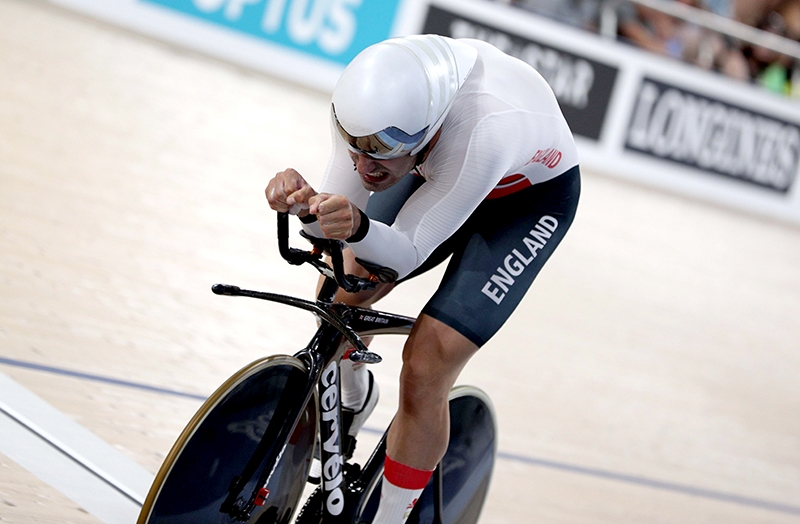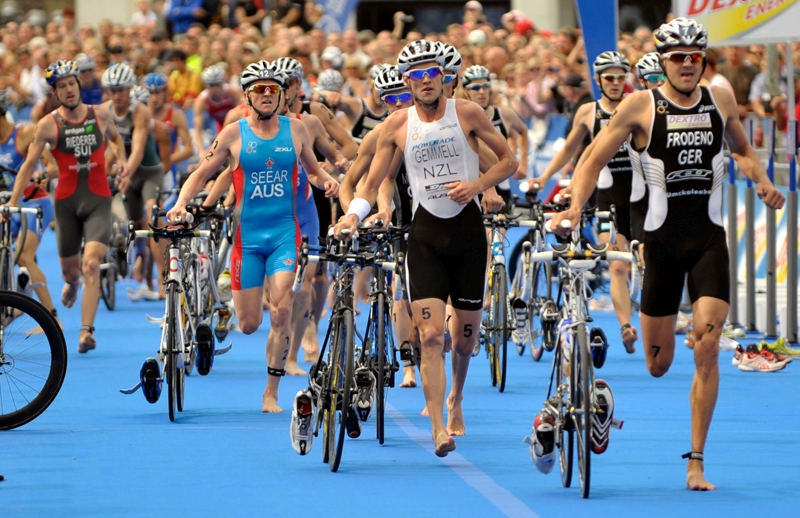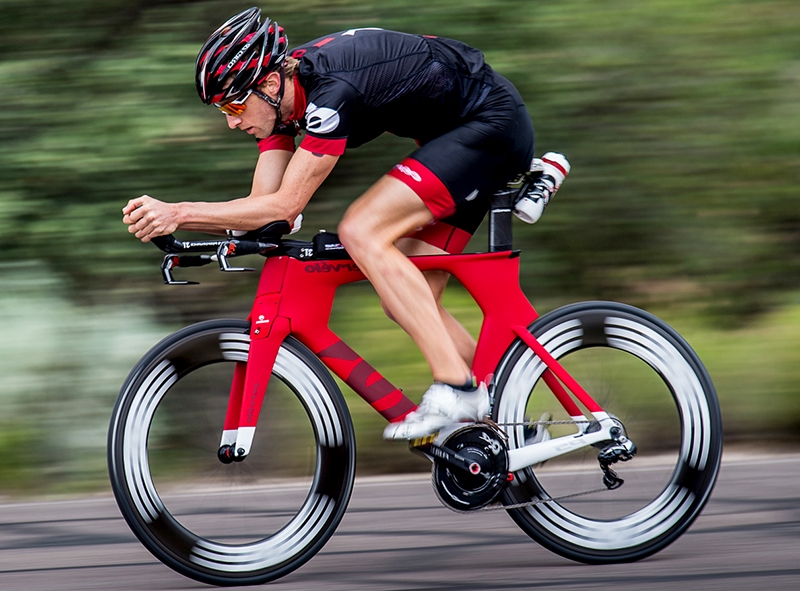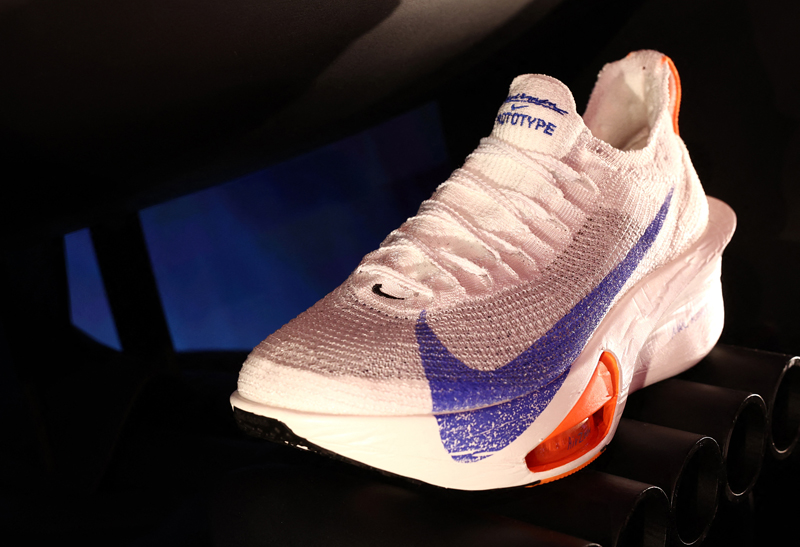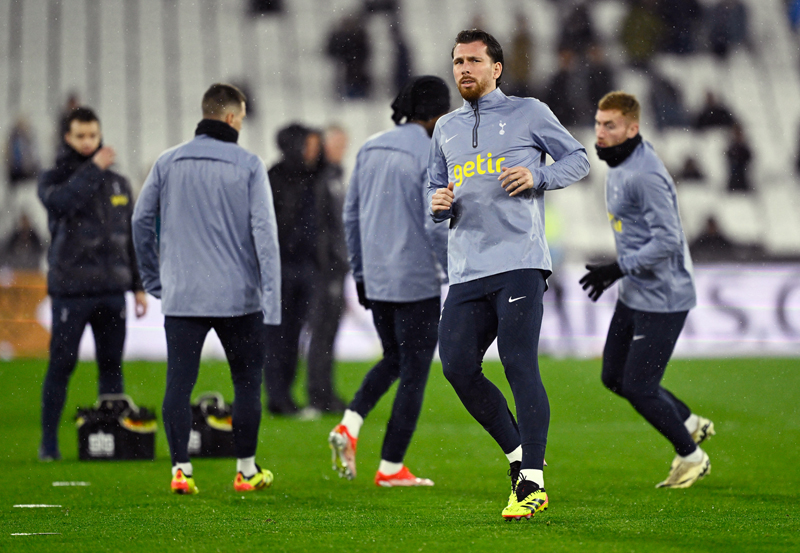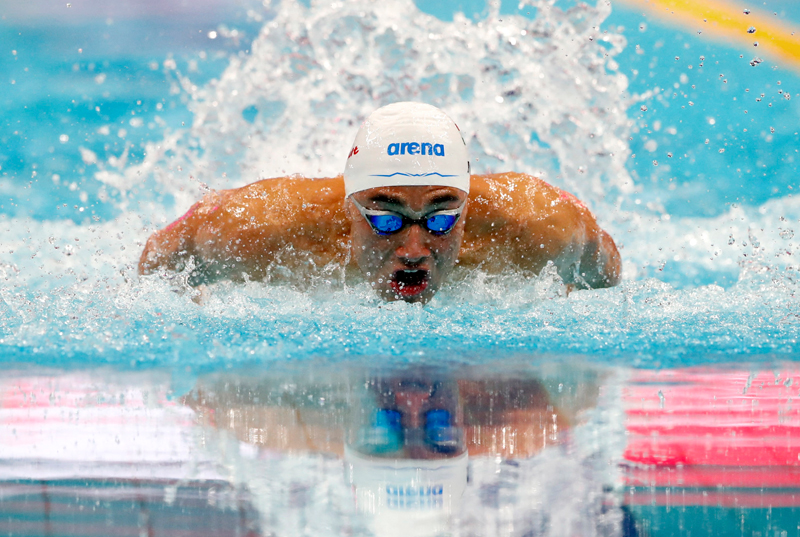You are viewing 1 of your 1 free articles. For unlimited access take a risk-free trial
Triathlon-specific bikes: how much better in reality than road bikes?
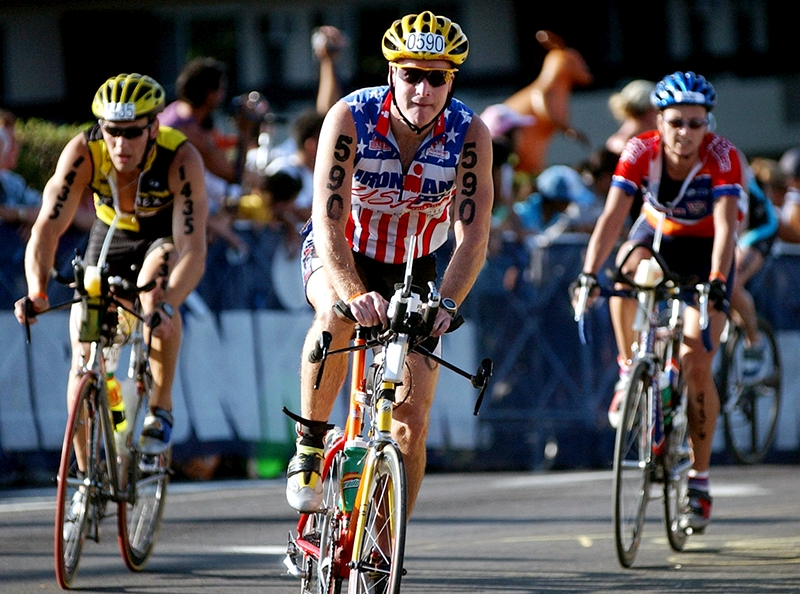
Do triathlon-specific bikes really confer a performance advantage over road bikes of equivalent quality and weight? Andrew Hamilton looks at some science
In the northern hemisphere, we're approaching the winter equinox. That means long nights, short days and the prospect of much colder weather to come. Oh yes, it also means that there are just a few days until 25th December - yes folks, Christmas is 100ming! Now for many people, the whole Christmas thing may be a bit over the top and commercialised, but it does have its upsides. As well as spending some quality time with loved ones and family, it’s a great excuse to think about some new toys – for yourself that is (not the kids). And if you’re a triathlete, the biggest toy in your collection is likely to be your bike.The best bike
Most triathletes are perfectly happy riding on road bikes. But if you’re pushing for a new PB, you may have wondered whether a dedicated triathlon bike could make a real difference. The past 20 odd years has seen an explosion in ‘triathlon’ bikes. But just how much extra will a triathlon-specific bike give you over a really well set up lightweight road bike fitted with clip-on aero bars? While it’s true that triathlon bikes are designed with steeper seat tube angles of around 76-78 degrees to maximise energy transfer and significantly more comfortable aero bars to help cover long distances with less effort, the latest iterations of road bikes are more aerodynamic and stiffer than ever, and often lighter than their triathlon equivalents – a real advantage over hilly courses.Bike research
To try and provide some scientific answers, US scientists studied the differences in muscle movement and muscle activation patterns between cycling and running(1). In particular, they looked at how varying the bike’s seat tube angle and hand position affected muscle movement and activation patterns to see whether triathlon-specific bike geometries could reduce the biomechanical challenges associated with the bike-run transition and so lead to better running performance.In the study, whole body motion and lower extremity muscle activities were recorded from fourteen triathletes during a series of cycling and treadmill running trials. A total of nine cycling trials were conducted in three hand positions (aero position, on the drops and on the hoods) and at three seat tube angles (73º, 76º & 79º). The subjects also ran on a treadmill at 80, 90 and 100% of their 10km triathlon race pace to see how the bike set-up affected subsequent running performance. The findings were as follows:
- Compared to cycling, the movements in running involved required a larger range of motion (and therefore longer muscle/tendon lengths) in the hip flexor muscles, quadriceps of frontal thigh, the hamstrings of the rear thigh and the gastrocnemius muscles of the calf;
- During cycling, increasing the seat tube angle alone had no affect on muscle kinematics, but did induce significantly greater rectus femoris (quadriceps muscle of mid-frontal thigh) activity during the upstroke of the crank cycle;
- Increasing hip extension by varying hand position to aero induced an increase in hamstring muscle activity, and moved the operating lengths of the hip flexor and extensor muscles (glutes of buttocks plus hamstrings) slightly closer to those seen during running.
Andrew Hamilton BSc Hons MRSC, Sports Performance Bulletin editor
References
- J Appl Biomech 2011 Nov 29;27(4):297-305
Newsletter Sign Up
Testimonials
Dr. Alexandra Fandetti-Robin, Back & Body Chiropractic
Elspeth Cowell MSCh DpodM SRCh HCPC reg
William Hunter, Nuffield Health
Newsletter Sign Up
Coaches Testimonials
Dr. Alexandra Fandetti-Robin, Back & Body Chiropractic
Elspeth Cowell MSCh DpodM SRCh HCPC reg
William Hunter, Nuffield Health
Keep up with latest sports science research and apply it to maximize performance
Today you have the chance to join a group of athletes, and sports coaches/trainers who all have something special in common...
They use the latest research to improve performance for themselves and their clients - both athletes and sports teams - with help from global specialists in the fields of sports science, sports medicine and sports psychology.
They do this by reading Sports Performance Bulletin, an easy-to-digest but serious-minded journal dedicated to high performance sports. SPB offers a wealth of information and insight into the latest research, in an easily-accessible and understood format, along with a wealth of practical recommendations.
*includes 3 coaching manuals
Get Inspired
All the latest techniques and approaches
Sports Performance Bulletin helps dedicated endurance athletes improve their performance. Sense-checking the latest sports science research, and sourcing evidence and case studies to support findings, Sports Performance Bulletin turns proven insights into easily digestible practical advice. Supporting athletes, coaches and professionals who wish to ensure their guidance and programmes are kept right up to date and based on credible science.
